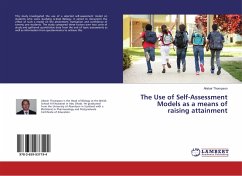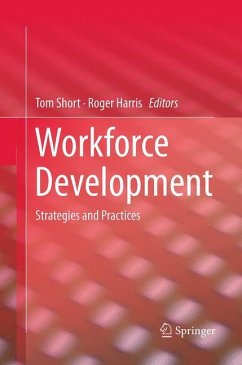
An Analysis of Robust Workforce Scheduling Models for a Nurse Rostering Problem
Versandkostenfrei!
Versandfertig in über 4 Wochen
52,99 €
inkl. MwSt.

PAYBACK Punkte
26 °P sammeln!
Disruptions impacting workforce schedules can be costly. A 1999 study of the United Kingdom's National Health Service estimated that as much as four percent of the total resources spent on staffing were lost to schedule disruptions like absenteeism. Although disruptions can not be eliminated, workforce schedules can be improved to be more responsive to disruptions. One key area of study that has expanded over the past few years is the application of traditional scheduling techniques to re-rostering problems. These efforts have provided methods for responding to schedule disruptions, but typica...
Disruptions impacting workforce schedules can be costly. A 1999 study of the United Kingdom's National Health Service estimated that as much as four percent of the total resources spent on staffing were lost to schedule disruptions like absenteeism. Although disruptions can not be eliminated, workforce schedules can be improved to be more responsive to disruptions. One key area of study that has expanded over the past few years is the application of traditional scheduling techniques to re-rostering problems. These efforts have provided methods for responding to schedule disruptions, but typically require deviations to the disrupted schedule. This thesis examines five workforce scheduling models designed for a nurse rostering problem. Each model is designed to produce a robust workforce schedule that remains valid in the midst of disruptions and requires no schedule deviations. Each model is evaluated based on the number of disruptions it can receive before becoming invalid.














